Sugar River Region’s Historical Treasures: A Guide to Some of Our Must-Visit Sites
Sugar River Region’s Historical Treasures: A Guide to Some of Our Must-Visit Sites
Written by Madeline Ferland on April 14, 2023
Sullivan County, New Hampshire is known for its picturesque scenery and outdoor activities, but did you know that it also has a rich history dating back even before the colonial period? The Sugar River Region in particular has many historic sites, some of which are on the National Register of Historic Places. In this guide, we’ll take a closer look at 10 of the top historical buildings in the region and share some fun facts along the way.
Historic Site 1: St. Gaudens National Historic Park
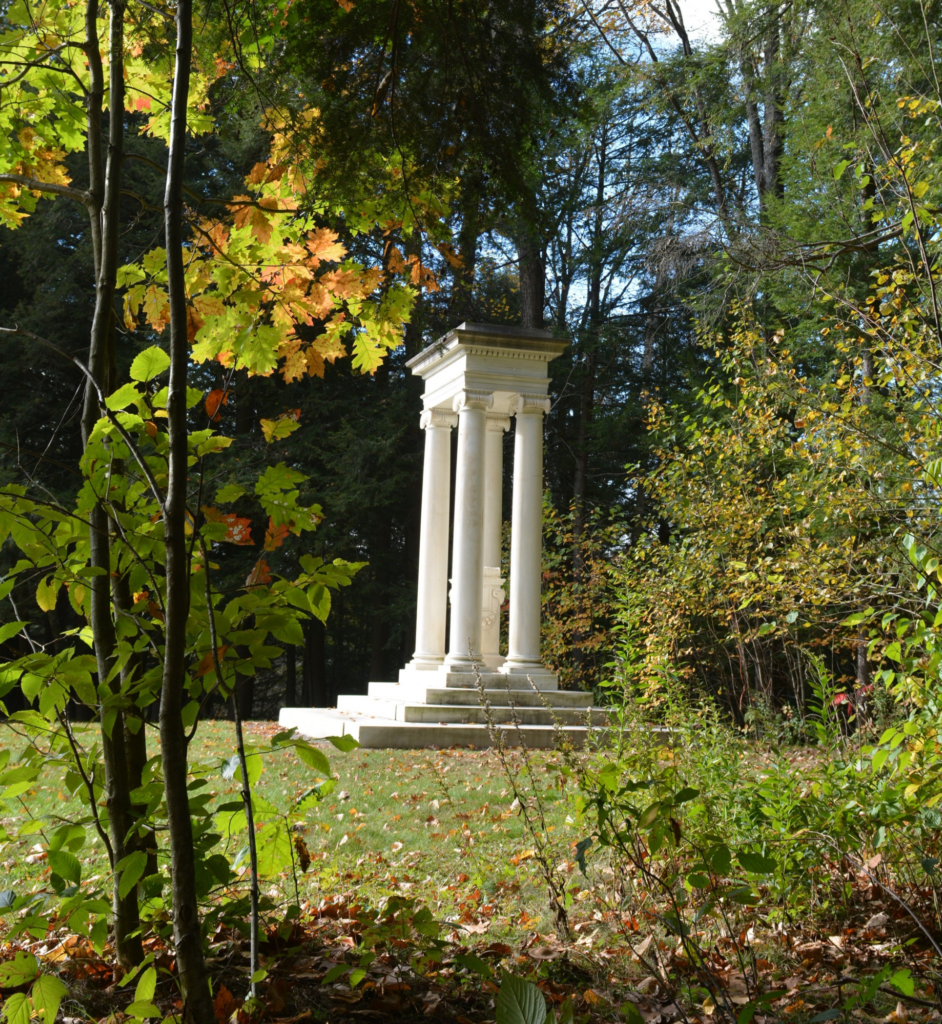
Image Credit: Saint-Gaudens National Historical Park (NPS)
The St. Gaudens National Historic Site in Cornish is a must-visit for art lovers and history buffs alike. This historic site is the former home and studio of sculptor Augustus Saint-Gaudens, who is known for his public monuments and portrait reliefs. Visitors can tour his home and see many of his original works on display. The park was listed on the National Register of Historic Places in 1979.
Fun fact: Saint-Gaudens designed the $20 gold piece that was minted from 1907 to 1933 and is now known as the Saint-Gaudens double eagle.
Entry Fee:
- $10 per person (ages 16+)
- ages 15 and under are free
Hours of Operation:
- Park buildings open 9am-4:30pm daily from Memorial Day weekend to October 31
- Grounds and trails open during daylight hours (sunrise – sunset)
Historic Site 2: The Fiske Free Library
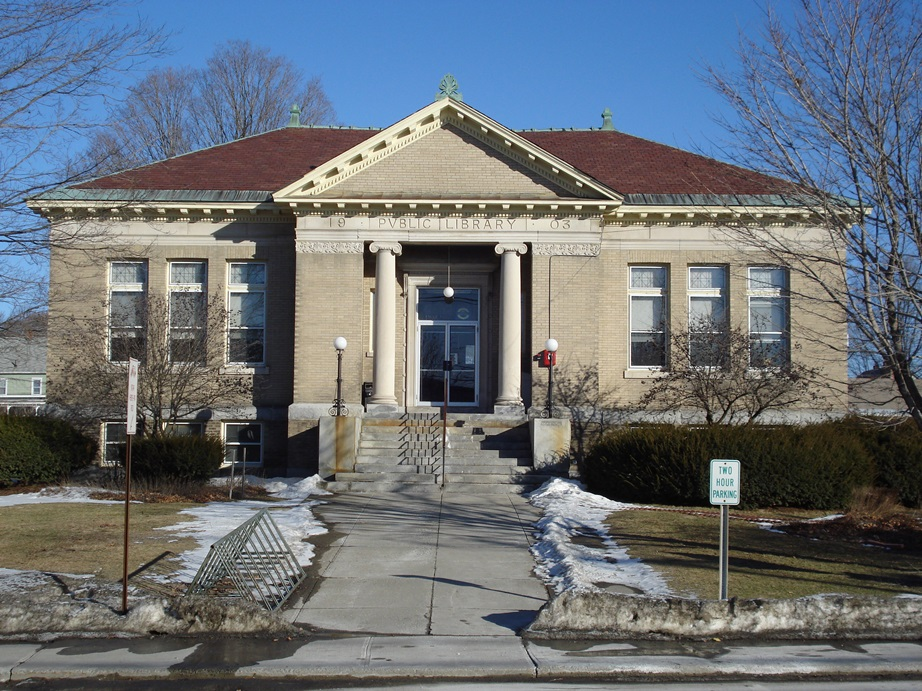
Image credit: Fiske Free Library
The Fiske Free Library in Claremont is another historic site that is worth a visit. The library was founded in 1890 by industrialist Horace Fiske and his wife Mary. It was designed by architect George Hathorne and is a beautiful example of Victorian architecture. Today, the library houses a collection of over 50,000 books and other materials, including many rare and valuable works.
Fun fact: The Fiske Free Library was the first free public library in New Hampshire.
Hours of Operation:
Sunday: Closed
Monday, Wednesday, and Friday: 9 am – 5 pm
Tuesday and Thursday: 11 am – 7 pm
Saturday: 9 am – 1 pm
Historic Site 3: The Claremont Opera House
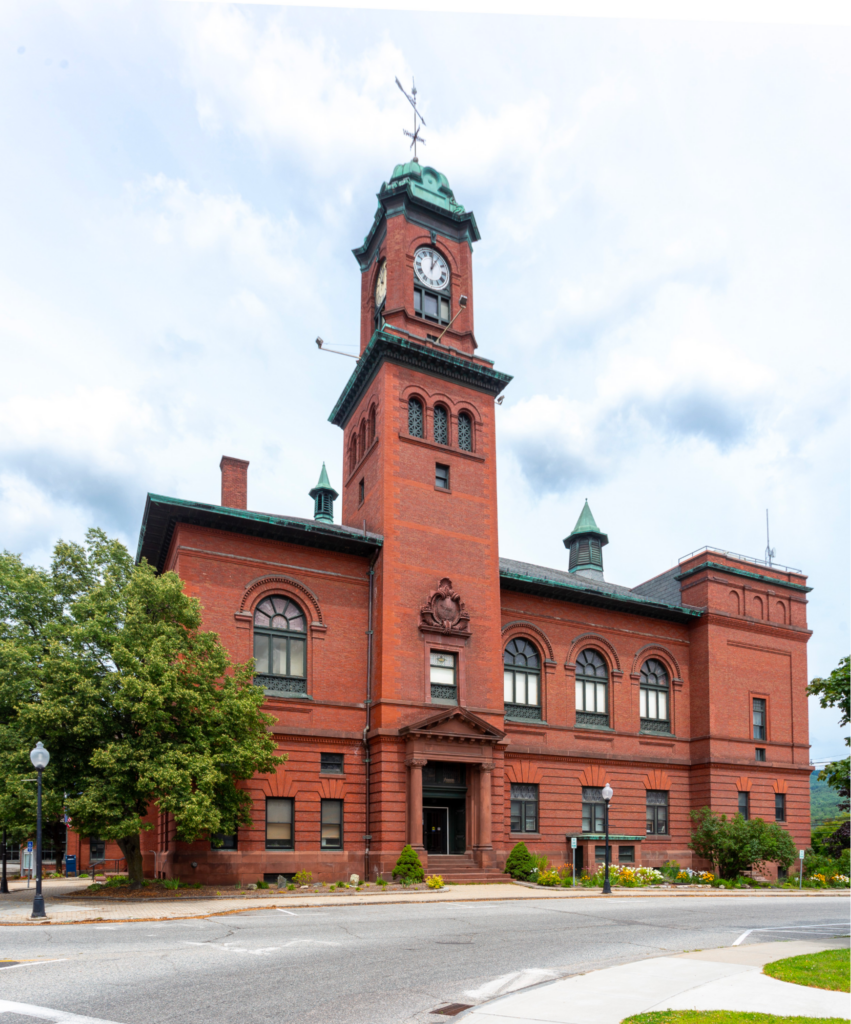
Image Credit: Kenneth C. Zirkel. CC BY-SA 4.0.
The Claremont Opera House is a beautiful Victorian-era building that has been a focal point of downtown Claremont since its construction in 1897. The opera house was designed by architect Harry W. Brainerd using Italian Renaissance Revival styling and was listed on the National Register of Historic Places in 1973. Today, the building is used for concerts, theatrical performances, and other cultural events.
Fun fact: The opera house still possesses its historic, hand-painted, main stage curtain painted by Maxwell Alexander of Boston in 1897. It is the only known opera house in New Hampshire to still have its original commissioned grand drape! In 2017, a restoration process was undertaken to restore the drape to its original glory.
Entry Fee: Varies by events and shows
Hours of Operation: Varies by events and shows
Historic Site 4: The Little Red Schoolhouse
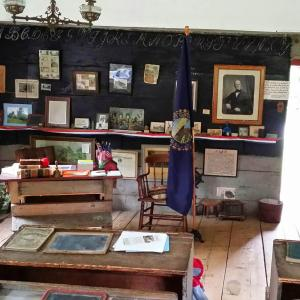
Image Credit: Daughters of the American Revolution, Reprisal Chapter
The Little Red Schoolhouse in Newport is a living reminder of the early days of education in America. The one-room schoolhouse was built in 1835 and remained in use until 1891. After the building sat empty for six decades, the Reprisal Chapter of New Hampshire State Organization Daughters of the American Revolution (NSDAR) registered a lease spanning 99 years in order to renovate the schoolhouse in 1951. In 1980, it was entered on the National Register of Historic Places. Visitors today can get a glimpse of what a typical school day was like here by visiting the schoolhouse on Saturdays in July and August every year.
Fun fact: The original cost to build the school in 1835 was $140.00, then adding an outhouse the year after cost only $1.50!
Entry Fee: Free to the public
Hours of Operation: Saturdays in July and August and by appointment.
Historic Site 5: Acworth Congregational Church
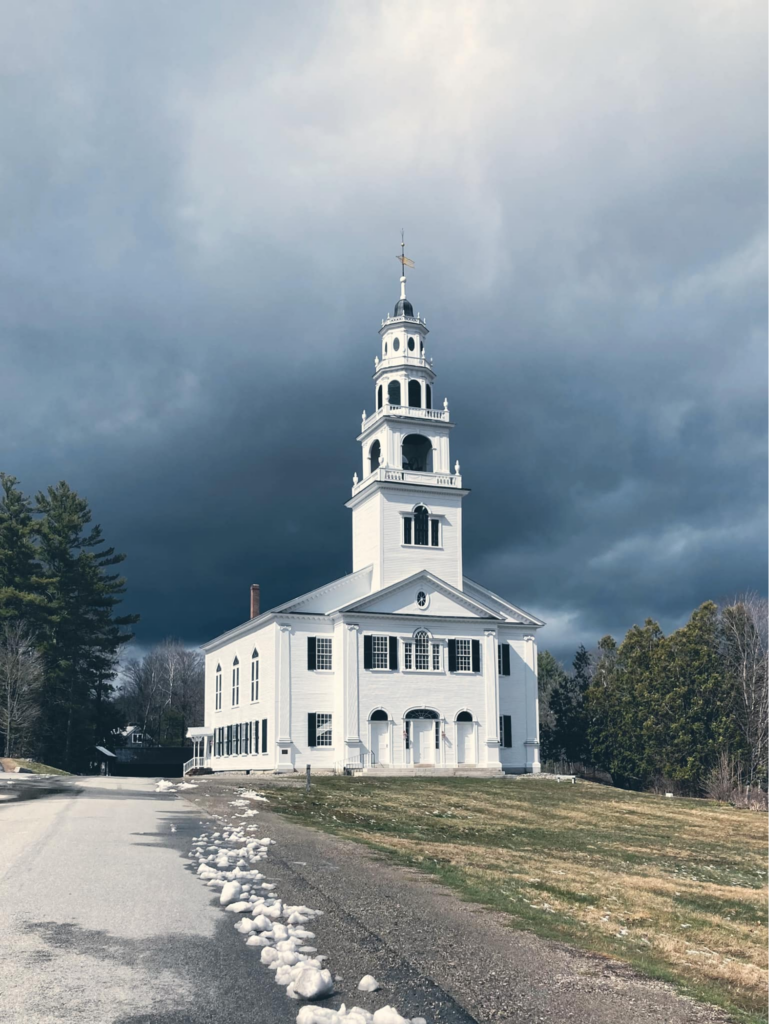
Image Source: Acworth Congregational Church
The Acworth Congregational Church , also known as The Acworth Meetinghouse, is a stunning example of Federal architecture that was built in 1821. The building served as a meetinghouse for both religious and town meetings, and it was also used as a school and a social hall. It was listed on the National Register of Historic Places in 1975. Today, the building is used for community events and is a popular wedding venue.
Fun fact: The meetinghouse features a unique double-pitched roof, which was designed to prevent snow from accumulating on the roof.
Hours of Operation: Sunday services at 9:00 am
Historic Site 6: Fort at Number 4
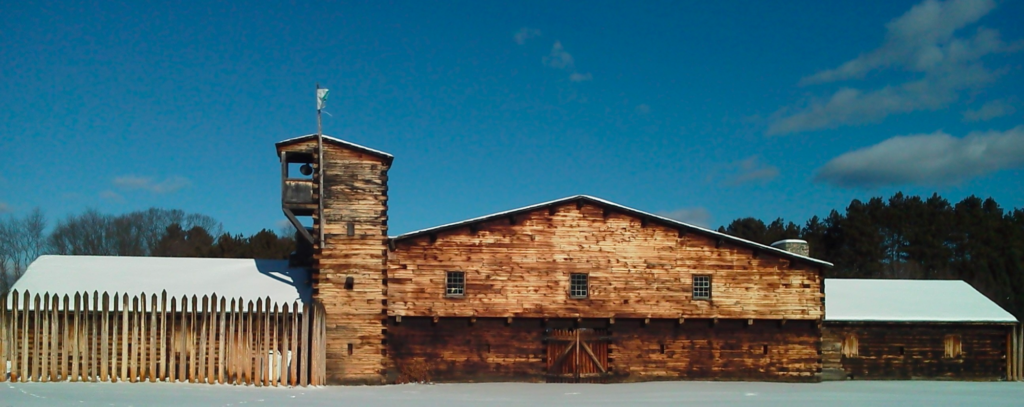
Image credit: Fort at Number 4
The Fort at No. 4, located in Charlestown, was a strategically important military post during the French and Indian War and the American Revolution. Built in 1744, the fort served as a defensive structure and provided economic opportunity for the English settlements in the Connecticut River Valley. Today, the Fort at No. 4 is a living history museum, showcasing what life was like for early settlers in the area. Visitors can explore the reconstructed fort, learn about the daily life of the settlers, and experience demonstrations of early crafts and trades of the 18th century.
Fun fact: The fort was named for its location on the fourth northernmost outpost of the Massachusetts Bay Colony.
Entry Fee:
Seniors (age 62+) – $10
Individuals – $12
Students (ages 6-17) – $8
Children (ages 5 and under) – Free
Hours of Operation:
May – October (some months may have more open days of the week – check out their website for the most updated information)
- Friday and Saturday: 10:00 am – 4:30 pm
- Sunday: 11:00 am – 3:30 pm
Historic Site 7: Goshen Grange Hall
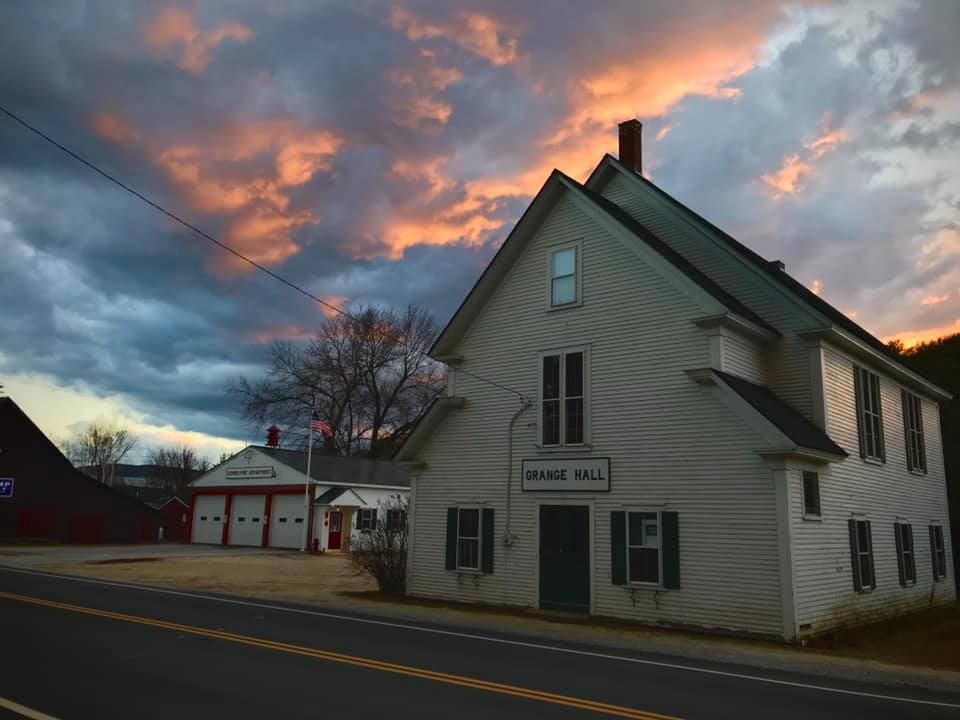
Image Credit: Town of Goshen, NH
The Goshen Grange Hall in Goshen is a historic building that was built in 1891. The building served as a meeting place for the Grange, a national organization that promoted agricultural and community interests. Today, the building is used for community events and is a popular venue for weddings and other celebrations.
Fun fact: The Goshen Grange Hall was one of the first buildings in the area to be wired for electricity.
Hours of Operation: Varies by event
Historic Site 8: Langdon Meetinghouse
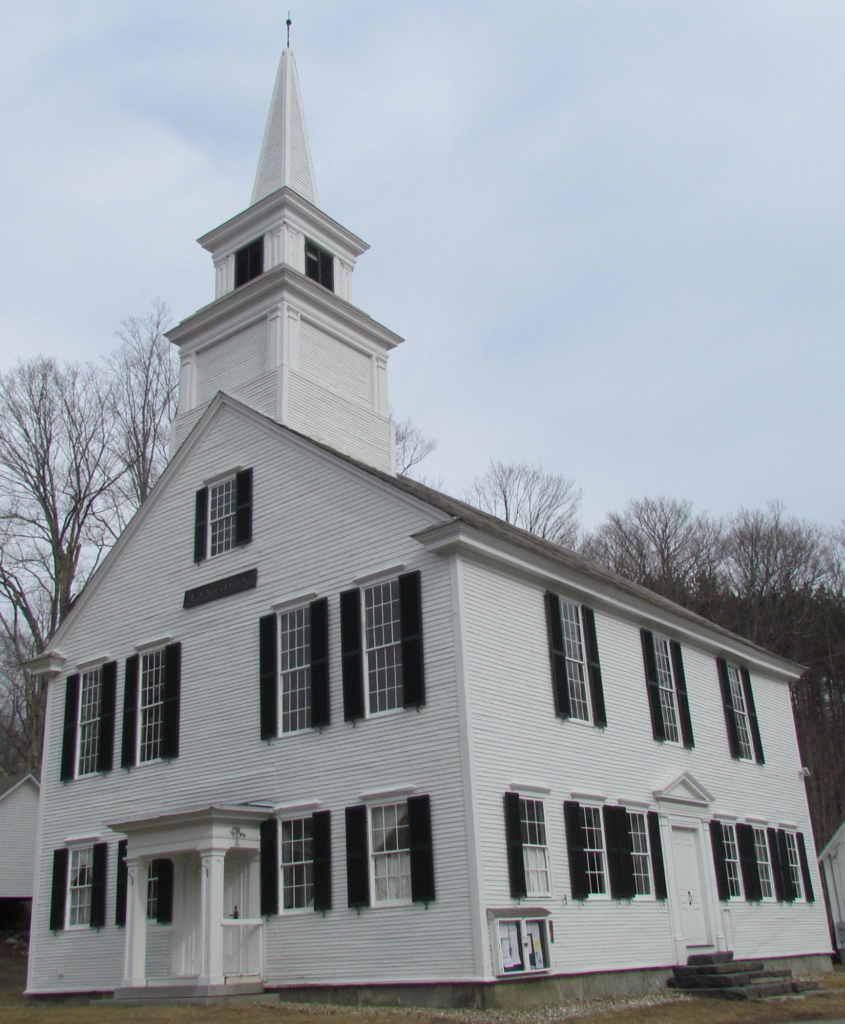
Image Source: Town of Langdon, NH
The Langdon Meetinghouse in Langdon has a rich history that spans over two centuries. Built in 1803, the meetinghouse served as a religious and community center for the town for many years, and still stands today as a hub of activity, hosting concerts, lectures, and other community events throughout the year. The building is a classic example of Federal-style architecture, featuring a two-story portico and a bell tower.
Fun fact: Since 1803, Langdon has maintained the tradition of the annual New England Town Meeting Day and no other building in New Hampshire has ever held as many town meetings.
Hours of Operation: Varies by event
Historic Site 9: Richards Free Library
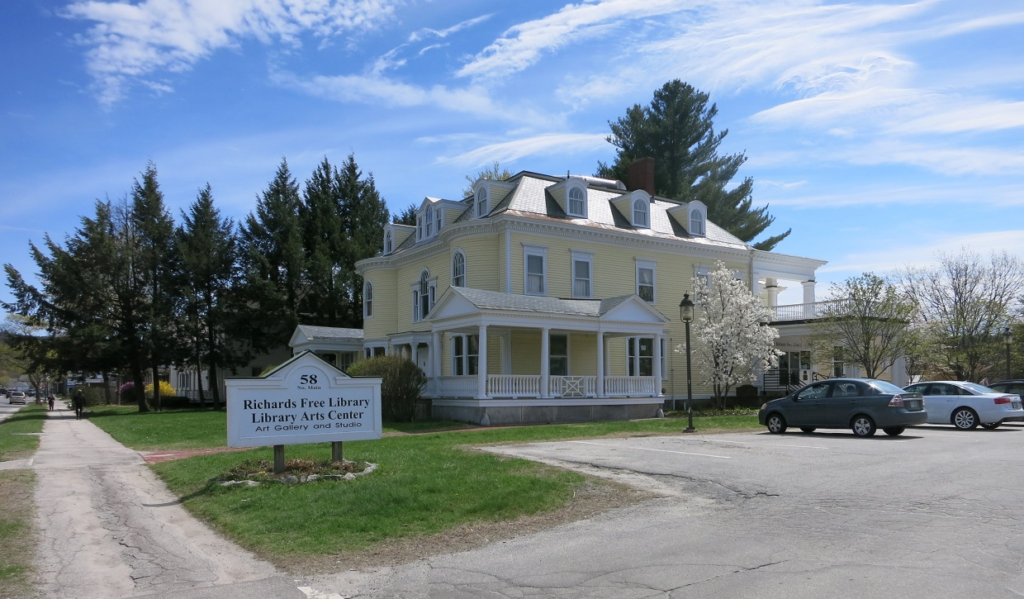
Image Credit: Djmaschek. CC BY-SA 4.0
Richards Free Library in Newport is a historic public library founded in 1891 by philanthropist and Newport native, Samuel N. Richards. It hosts a variety of events and programs for all ages, such as book clubs, movie screenings, community yard pick-ups, and children’s story times among typical library resources such as books, digital databases, and public computers. In 1984, the library was entered on the National Register of Historic Places.
Fun fact: The Library Arts Center is sponsoring a restoration project for Newport’s unique and beloved Heritage mural that depicts scenes from the town’s history and industry.
Hours of Operation:
Sunday: Closed
Monday: 1:00 pm – 6:00 pm
Tuesday – Friday: 10:00 am – 8:00 pm
Friday: 10:00 am – 6:00 pm
Saturday: 10:00 am – 2:00 pm
Historic Site 10: Blow-Me-Down Grange Hall
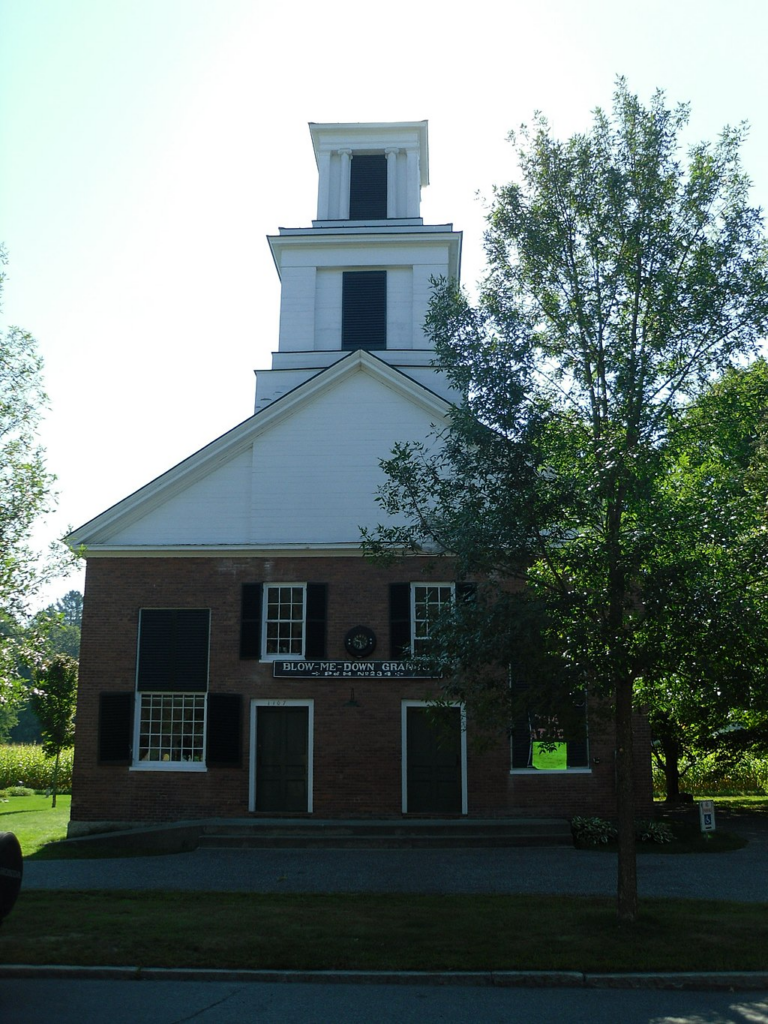
Image Source: Doug Kerr. CC BY-SA 2.0
Blow-Me-Down Grange Hall in Plainfield was built in 1925 and served as a community center and meeting place for the local Grange organization until the 1970s. Today, it is a popular venue for events such as yard sales, seasonal bazaars, weddings, and is home to the Attic Antique Shoppe. The building features a unique design with a gambrel roof and a distinctive cupola, making it a recognizable landmark in the area. In 2001, the hall was entered on the National Register of Historic Places.
Fun fact: The hall is home to a lovely large-scale oil painting by Lucia Fairchild Fuller titled “The Women of Plymouth”, which was exhibited at the 1893 World Exposition in Chicago in the Women’s Building.
Hours of Operation: Saturday 9:00 am – 3:00 pm
What else is on the National Register of Historic Places here?
These are just a few of the many historic sites still standing strong and keeping our rich history alive in the Sugar River Region. Whether you’re interested in the arts, architecture, or our nation’s history, there’s something for everyone to discover here.
Wondering why we didn’t include any nationally famous covered bridges? Follow us on Instagram and Facebook to stay tuned for a blog of their own with an itinerary that takes you on a scenic drive of Sugar River Region’s most beloved covered bridges.